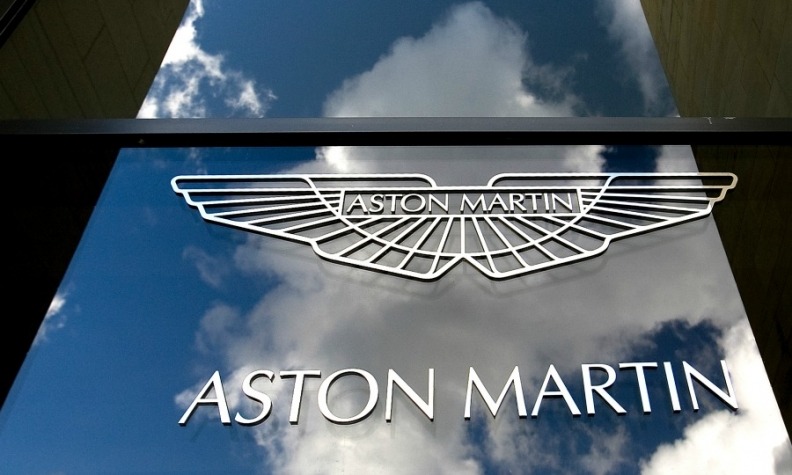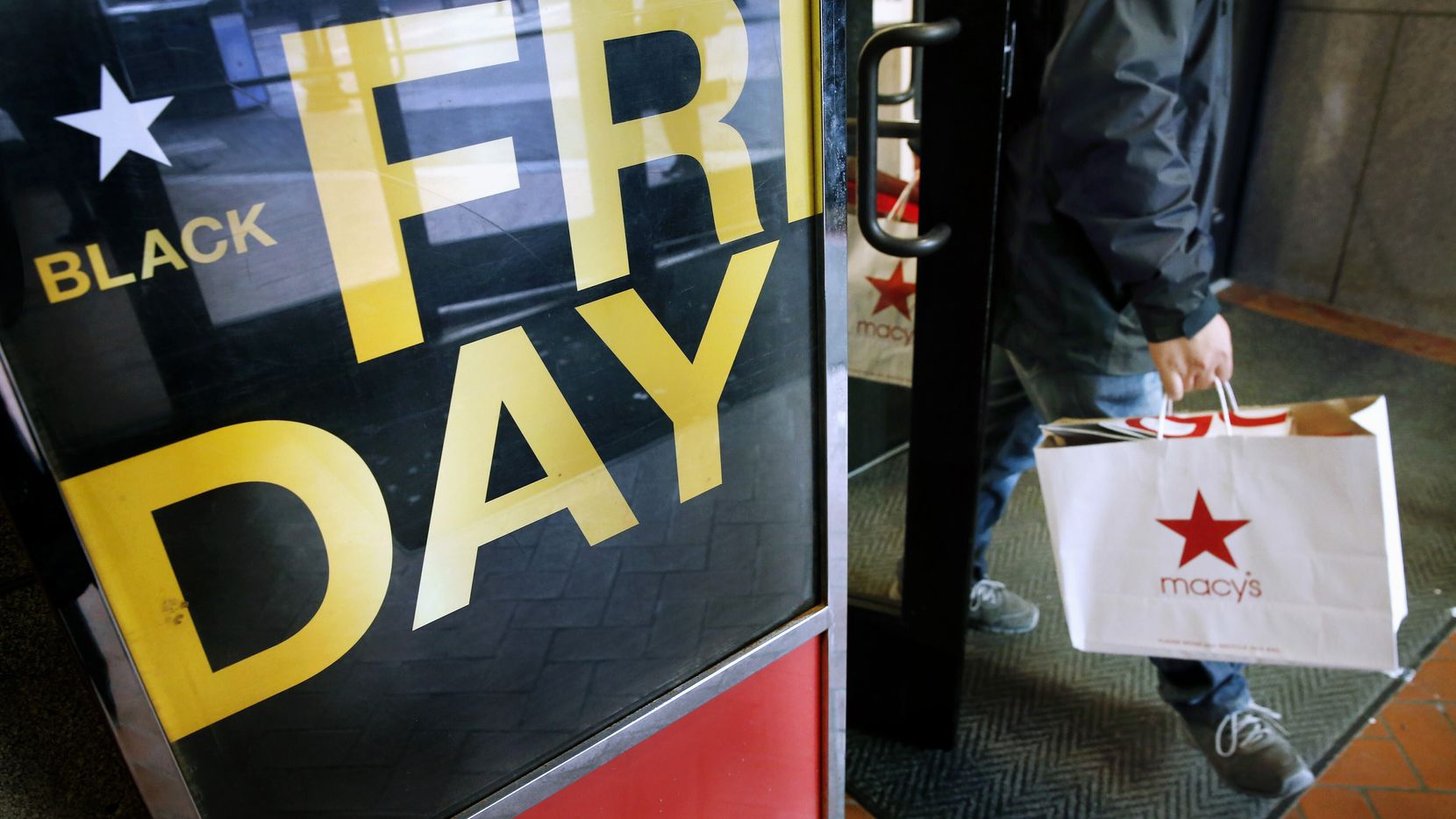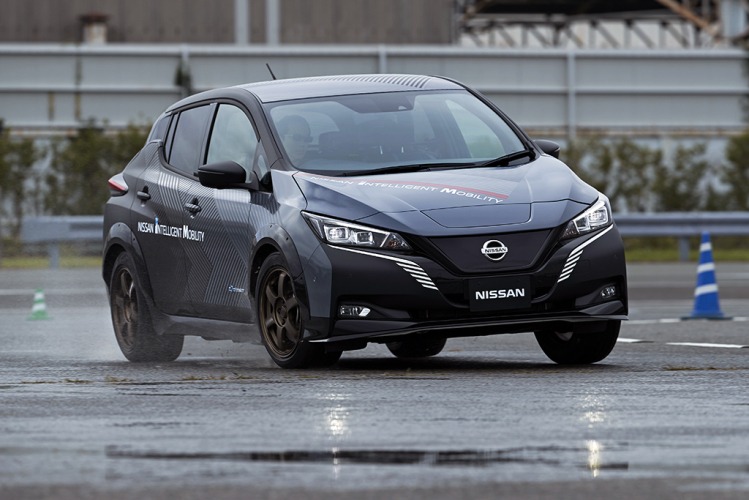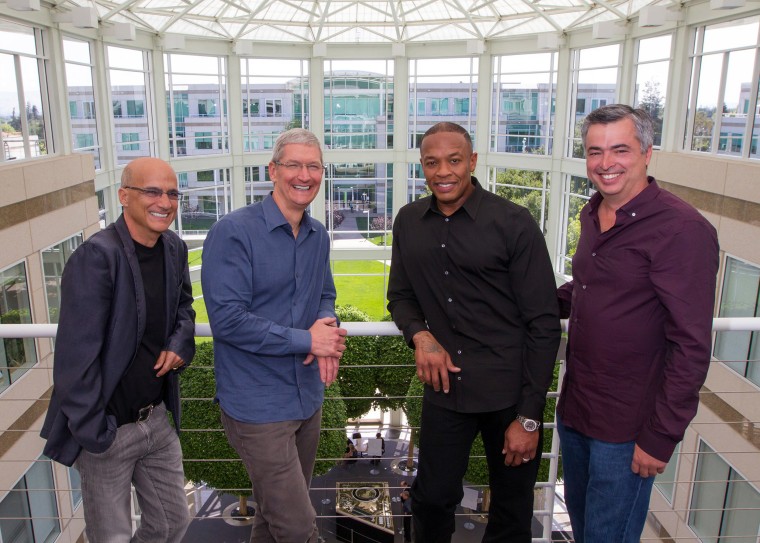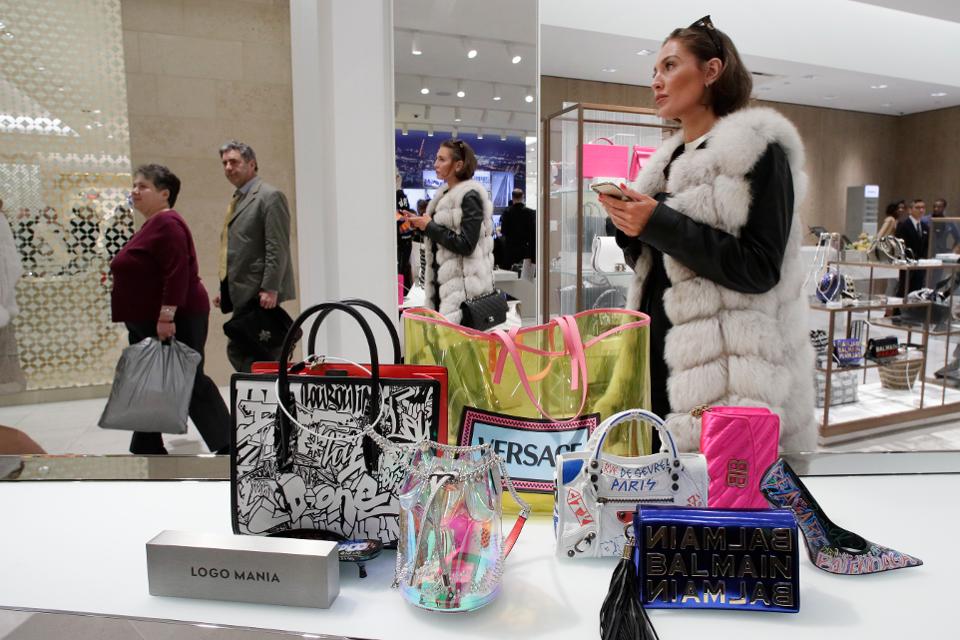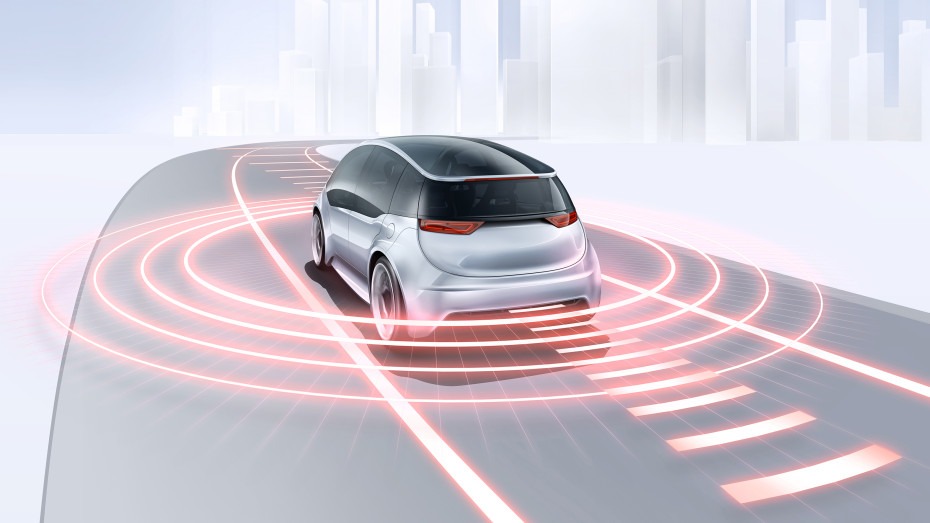Three Technology Trends That Are Reshaping Retail
POST WRITTEN BY
Joel Goldstein, President of Mr. Checkout Distributors, host of the Retail Summit Podcast and author of Start from Success.
The conversation for the last decade has revolved around whether online shopping will completely replace in-store shopping by the year 2020. But I don't believe the internet has reduced the importance of physical stores. According to 2015 Time Trade research (via Retail TouchPoints), 85% of U.S. consumers prefer to shop in a physical store, and according to the U.S. Census Bureau, online shopping still only accounts for 10.5% of total retail sales.
Retailers are quickly learning key reasons consumers choose different types of shopping for certain products and are actively designing strategies that align with our new way of purchasing. These new strategies are reshaping our retail stores and empowering the consumer to make fast and well-informed purchasing decisions while also providing in-store discovery opportunities and a new focus on the impulse side of retail.
After analyzing the new approaches to retail shopping, I’ve selected the three fastest-implemented strategies in today’s retail landscape that I believe are going to change the way consumers shop in brick-and-mortar retail.
1. Mr. Roboto is going to stock the shelves.
As companies like Walmart squeeze their margins, likely to compete with online retailers, they are finding ways to replace what is one of their most expensive components: humans.
One of the first jobs stores like Walmart are replacing with robots is the job of taking inventory. These vending-machine-sized robots with sophisticated sensors are likely going to be wandering the aisles of your local retail stores more and more. Some are able to -- or will soon be able to -- answer customer questions, display how many units of an item are in stock and walk you to your selection if you wish them to.
These friendly and knowledgeable robots are going to be taking care of us from now on, and we had better start getting used to it. Businesses from hotels to grocery stores are automating their day-to-day labor with these workhorse machines that don’t require paid time off.
2. Beacons are slowly becoming mainstream.
Beacon technology is already used by stores like Target and could allow retailers to host promotions, gather customer behavior information and focus their merchandising. According to a 2014 Business Insider estimate (via RetailDive), about one-third of the top 100 retailers were expected to deploy at least some beacons in 2015. The same report also estimated that 85% of these retailers would have them in their stores by the end of 2016. Statista projects that the worldwide retail beacon technology market will rise from $280.6 million in 2016 to about $26.106 billion in 2026.
I believe beacons will most often be associated with the availability of extra discounts and coupons. Retailers can market this technology to shoppers by offering discounts to those who share their information with the store. According to Juniper Research, the number of coupons delivered annually to consumers via beacons will increase from 11 million to nearly 1.6 billion by 2020.
The latest fad for modernization of brick-and-mortar stores has been personalization. Online shopping has taught us that when we communicate to the customer, we should do so with a specific message that will resonate with their lives. According to 2015 Accenture research, nearly 60% of U.S. consumers want real-time promotions and offers. It is more important than ever for retailers and brands to meet today's connected customers on their terms by delivering on their ever-changing needs and preferences.
3. Shelves are getting smarter.
Out-of-stock items can represent a significant loss of revenue for retailers. Technology has been brought in to solve this problem in the form of smart shelves. These shelves are typically equipped with an RFID reader that can scan tagged items on the shelf and notify the ordering and merchandising systems or a store employee when an item is running low.
The system tracks items and notes their movements around the store. This can provide retailers with valuable information on customer actions and preferences. Some systems, like Kroger's, can also track when product stocks are running low and help customers find specific items.
Smart shelves are starting to give retail stores ways to improve both customer service and their bottom line. People will always need to run to the store to get that “item,” and with this new technology, they may soon be assured that it’ll be there and ready for them.
Today it's heartbreaking to have to wait for a download or find out that our Amazon deliveries are going to arrive a day late, so it's no surprise that retailers are trying to implement as many modernizations to the in-store shopping experience as they can before consumers prefer to pay a little more for the convenience of drone delivery. Now is a dynamic time for retailers to set up and remain relevant, whether that means implementing new store concepts, bringing in robots or using RFID shelves. Smart merchants will think before they leap and develop a solid plan. With this solid foundation in place, retailers can take on new business models and get ahead of the curve as retail continues to change. (READ MORE)
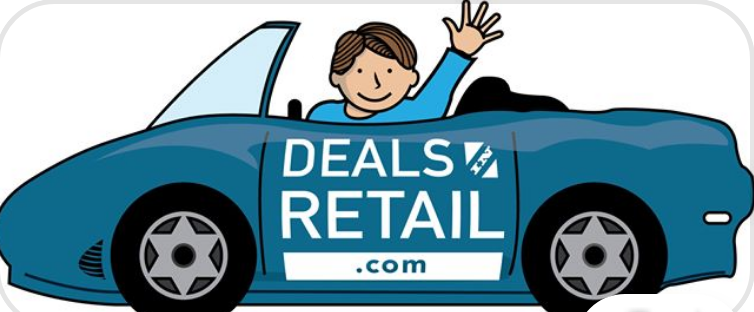


 Highlights of the CES tech show so far
Highlights of the CES tech show so far






